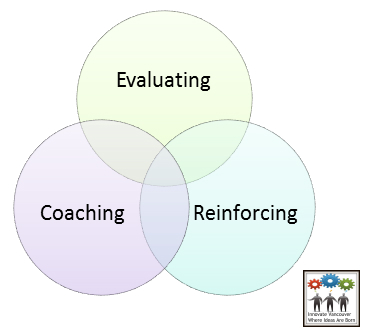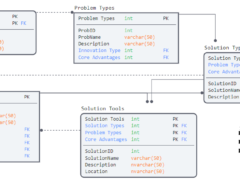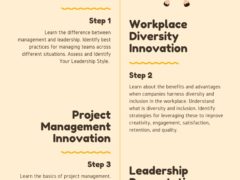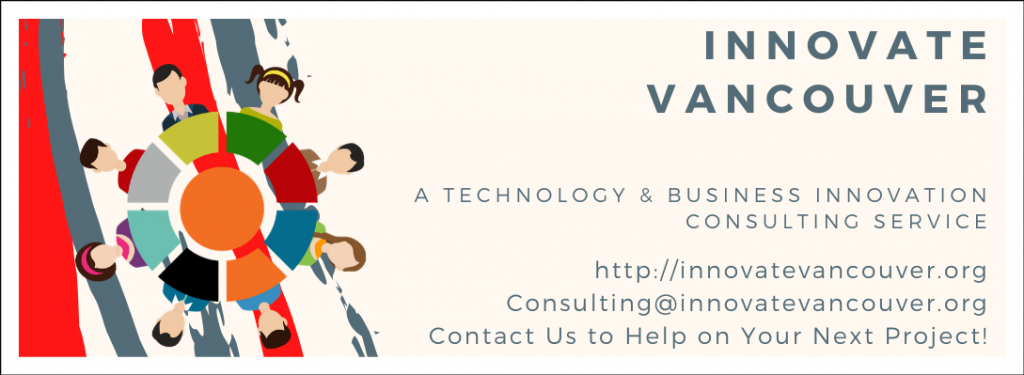Competing in today’s business environment requires more than just continuing as usual. It requires understanding your customers, your industry’s landscape, and the ability to recruit & leverage resources to lead. Each of these is dependent on your organization’s ability to recruit the right people, at the right time, with the right skills. Suggestions for insuring that your company’s hiring processes helps the company grow in the right directions include the following core competencies:

1) Evaluating for value congruence,
2) Reinforcing success & lessons learned after hiring, and
3) Coaching for further development, fit, and growth.
These three steps represent a win-win for both the new employee and the company.
Further identification, evaluation, and implementation of processes and strategies that build upon, reinforce, and develop key competencies for your organization will further contribute to the success of this critical relationship. Identifying key competencies for hiring, training, and development requires that the appropriate leadership is at the Lhelm of this process. Leadership needs to be able to step beyond the time limited and localized focus of the management approach.
The Management approach often discussed in the business literature focuses on the immediate business landscape. This is not necessarily well suited for the modern organization’s responsibilities as the KSA’s emphasized are limited to the immediate task at hand without considering the larger systems, interdependencies, and risks of a localized (time, task, and place) mindset. Although this ‘seat of the pants’ approach, aptly labeled in the business literature, is effective at lower levels of a corporate structure the vision is lacking for identifying, evaluating, planning, and responding to larger system’s needs.
In contrast, the Leadership approach discussed in the business literature utilizes, implements, and reinforces processes and strategies that are antithetical to the ‘seat of the pants’ approach so aptly labeled in the business literature. An effective hiring, training, and retention strategy/process expands upon the capacity of the company to deliver increasing value in the future. The Leadership approach avoids the pitfalls of the localized focus attributed to the management model in the business literature. Developing the core competencies for hiring, training, and developing the company’s employees is essential.
Tangents often felt like they were drifting off into competition between the candidate and the hiring manager; or interrogations into experience that were unrelated to the job posting. The hiring manager could be witnessed grinding his teeth if the candidate followed up with clarification about the relevance of some of the questions. The rest of the panel was largely quiet, except for one notable instance asking an off-topic question with a beaming smile that was a bit disarming.
Some questions repeated inquiries made earlier; with neither the technical answer made earlier or the simpler answer provided later, receiving any indication of approval. Most questions were considerably too high level to provide an adequate, or detailed, answer.
Off topic questions were often phrased with insufficient detail to understand their context, application, or value within the role available. Interview was fairly positive throughout but ultimately sabotaged, whether intended, at the final stretch. Parameters were set for questions that were not mirrored in the hiring manager’s answers later on.
On reflection after the interview, one could think of behavioural interviewing models as possibly explaining the weird dynamics observed. Trying to throw someone off ‘their game’ consistently throughout the interview could show how a candidate handles pressure. But this only works if the pressure is repeated (random competition that does not drive value for the customer?) in the role or relevant to the position (software developer?) and was countered with interactions that also seek to pitch the role as attractive (no standards exist and the exec doesn’t want to be bothered with the workload?).
Ultimately, got a bit bored of the loose chatter and lost momentum when looking for ways to answer questions. Some of the more relevant questions are included below:
- What is your experience building relationships?
- What is your familiarity with quantum computing?
- Your approach to implementing a process if no standards are available or exist?
- How would you describe what we do if someone asked while you were at a party?
- Your approach for implementing a process if existing processes are considered too costly?
- Your approach for working with groups that may resist a shared process?
- Your approach for championing an approach the customer may not agree with?
Suggested Candidate Follow-up Questions:
- It may be worth exploring how leadership is defined and developed within the company?
- How conflicts of interest are handled? Particularly when it involves existing accounts.
- It would also be worth to explore how knowledge exchange and organizational learning is currently supported?
- How performance is currently managed, despite no standards being in place?
- How accounts are currently managed and why costs are considered to return a poor ROI?
- What is considered an effective ROI?
- How much time should be committed to this account?
- Is a technology team dedicated to this account? The questions asked earlier may imply you need a software developer and not a key account manager? How will this gap be managed?
How to Compete for Top Talent
Too often it is assumed that talent will inevitably have to find the exact same job that your company is offering. That top talent will decide to be satisfied with what you offer whether or not it is actually aligned with their professional goals, values, and interests. This belief also corresponds with other assumptions that your company has the culture, competencies, values, vision, passion, and strategies needed to recruit, retain, and create a relationship of commitment and investment. The problem with these assumptions is that they are likely to be wrong.
The assumption is that the “unique” will perform, commit, and remain creative in an environment that is “not unique”. When this assumption is not accurate the company inevitably finds themselves frustrated because this ‘top-performer’ is bored, disinterested, unmotivated, and uncommitted to an environment, culture, and architecture that do not address their needs. Their potential is not realized as a misalignment of goals and processes results.

1) Professional Development: Employees often want more responsibility as their career develops and yet employers are not always prepared, or interested, in taking advantage of this opportunity.
2) Problem Solving: Employees often want to contribute to ongoing improvements to resolve existing problems and when resolved increases their efficiency, effectiveness, and the value of their impact and yet companies are not always prepared, or interested, in taking advantage of this opportunity.
3) Appreciation: Employees often desire and actively pursue positive praise, rewards, and reinforcement and yet employers are not always prepared to do so despite these actions are critical to identifying, reinforcing, and enhancing performance.
4) Demographics: Employees often desire more flexibility and support from the employer as their parents age, they have families, they continue their education (often to support their professional development in the industry they are already working in), and as they get older. Employers have displayed poor initiative in identifying, planning for, and addressing these employee demographics without union, federal, or cultural pressures.
5) Innovation & Planning: Employees often desire to participate, identify, discuss, collaborate, evaluate, learn, and contribute towards process, strategy, product, and company innovations and yet companies are not always prepared, or interested, in taking advantage of this opportunity.
Over time a lack of competitiveness will result in diminishing performance, quality, and profits while costs, risks, and losses in market positioning increases.
Competitive Organizations
In contrast to the assumptions above top performers are interested in attributes, opportunities, and core competencies often only realized by competitive organizations. This includes:
1) Professional development including personal, professional, and organizational goals
2) Participating in problem solving corporate and individual performance (etc.) concerns,
3) Receiving reinforcement from positive and supporting relationships in the workplace,
4) Receive recognition of their contribution as well as modifications to their job position parameters so that they can continue to maintain performance requirements, and
5) Participation in planning and other innovation building efforts that create real impact.
Competing for top talent begins with responding to your company’s existing talent. Building upon the core competencies necessary to recruit additional top performers is an investment that will be well spent because it contributes to the company’s competitive advantages as well.
- Employee retention includes the list of core competencies mentioned above, but often missed.
- Product & service innovation including idea generation, testing, and collaboration.
- Customer satisfaction including feedback & improvement mechanisms, evaluation systems, and collaboration processes.
- Regulatory compliance including contract, service agreement, and regulatory scanning and alignment.
- Agile responsiveness including flattened organizational processes, feedback channels, reduced siloes, and data driven efforts.
The company that is able to recruit, retain, and develop top talent will have a sustainable competitive advantage in the race to the future. What is your organization doing to support a competitive advantage? Leave your comments below.
Travis Barker, MPA GCPM
Innovate Vancouver
http://twitter.com/innovatevan
Reference
Daum, K. (2013, January 31). How to Compete for Top Talent. Retrieved from http://www.inc.com/kevin-daum/how-to-compete-for-top-talent.html
Innovate Vancouver is a business development & consulting service and technology startup located in Vancouver, BC. Contact Innovate Vancouver to help with your new project. Innovate Vancouver also gives back to the community through business consulting services. Contact us for more details.





